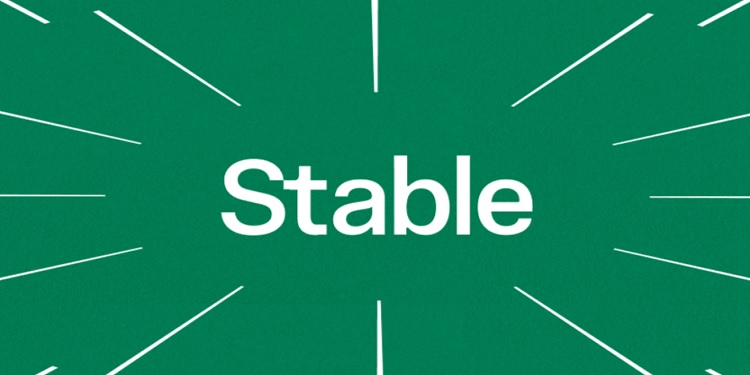Stable has rolled out a dedicated Layer 1 blockchain platform specifically optimized for USDT transactions, marking a notable development in stablecoin-centric infrastructure. This new network, known as Stablechain, is engineered to address longstanding challenges in stablecoin utilization, particularly focusing on payment efficiency, predictability, and enterprise scalability.
Branded as a “stablechain,” the new platform diverges from traditional general-purpose blockchains by integrating Tether’s USDT as its native asset for both transaction fees and settlements. The design eliminates the need for volatile tokens typically used for gas fees, allowing users to transact entirely in USDT. In addition, the chain introduces a gas-free transaction feature powered by USDT0, a LayerZero-enabled version of the token, enabling peer-to-peer transfers without incurring network fees.
Designed for Global Payments and Institutional Use
Stablechain is built with performance metrics aimed at both retail and institutional users. It features sub-second transaction finality and minimal fees—reportedly below one cent—making it a viable alternative for cross-border transactions and high-volume retail payments. The network is also structured to support thousands of transactions per second without the risk of congestion, ensuring predictable performance even at scale.
To foster stablecoin-specific application development, the platform includes a robust suite of tools for developers. These comprise an SDK package, APIs, and support for building applications centered around stablecoin payments, lending, and decentralized finance. Additional features such as human-readable wallet aliases and integrated fiat on-ramps through the Stable Wallet aim to streamline user onboarding and operational ease.
1️⃣ Tether just launched a payments-focused L1: Stable.
EVM Compatible, sub-second block finality, with USDT as Gas Token! They also allow gas-free USDT0 Transfer! 🤯 pic.twitter.com/olVAu2h1dp
— Diogo Mónica (@diogomonica) July 1, 2025
Businesses requiring high-throughput and reliable blockchain infrastructure can leverage Stable’s enterprise features like guaranteed blockspace allocation, batch settlement processing, and privacy-enhancing transfer mechanisms designed to meet regulatory standards. These capabilities position Stablechain as a practical solution for organizations seeking dependable digital payment systems.
Stable, a Bitfinex-backed Layer 1 blockchain using Tether’s USDT as a gas token, unveils ‘Phase 1’ of its roadmap https://t.co/3V3L5CBmi4
— The Block (@TheBlock__) July 1, 2025
Roadmap Targets Scalability and Efficiency
The platform’s development roadmap outlines two major future enhancements. In its second phase, Stable plans to introduce optimistic parallel execution to increase transaction throughput and refine enterprise-level blockspace management. The third phase aims to transition the network to a Directed Acyclic Graph (DAG)-based consensus mechanism, which is expected to further enhance processing speed, resilience, and overall resource efficiency.
Stablechain’s use of USDT—a stablecoin with high global transaction volume—grants it an edge in servicing real-world financial applications. Businesses using digital dollars now have the option to bypass traditional payment processors and build cost-effective solutions directly on-chain. By acting as a foundational infrastructure layer, Stable is positioning itself at the intersection of digital finance and global commerce.
Backed by Industry Players and Aligned with Regulation
The project has received backing from Bitfinex and the development team behind USDT0, which facilitates cross-chain stablecoin transfers using LayerZero’s messaging protocol. This integration bolsters Stablechain’s interoperability with multiple blockchain ecosystems, enabling seamless asset movement across networks. Although the team behind the project remains anonymous, Tether’s CEO has previously acknowledged its emergence from stealth mode.
Stable’s launch aligns with recent regulatory developments in the United States, particularly the introduction of the GENIUS Act, which aims to define governance and issuance standards for stablecoins. This regulatory context may work in the platform’s favor, especially given its compliance-oriented architecture and focus on real-world utility.
Bitfinex had earlier invested in Plasma, a sidechain initiative designed to enhance USDT usage. However, Stablechain represents a broader strategic shift toward developing a complete Layer 1 solution tailored exclusively for fiat-backed tokens, pushing the boundaries of stablecoin infrastructure and adoption.



